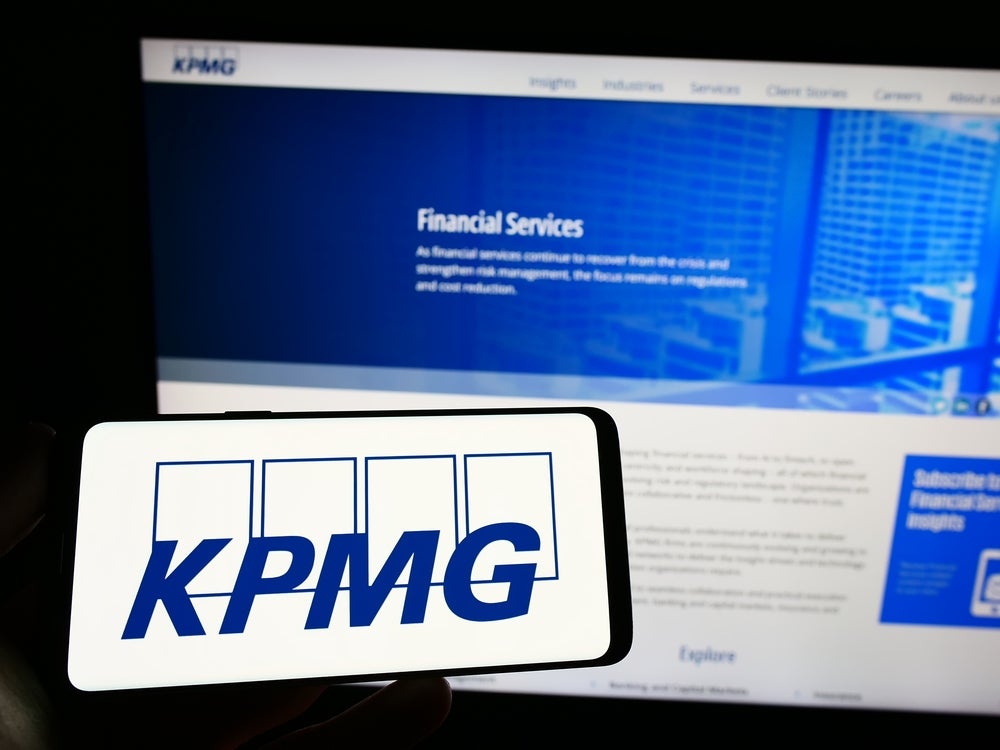Increased regulatory
scrutiny and the growing number of existing financial institutions
in need of a white knight have helped make it increasingly
difficult to start up a new bank in the US; indeed, in the third
quarter only three new banks were formed, the smallest number for
more than 50 years.
But the “green” bank model, popping up across
the US with a business plan based on a technological commitment to
reducing the carbon footprint, may just buck the trend.
GreenChoice, a Chicago-area de novo
scheduled to open in 2010, took a look at the technology available
to branch networks and concluded that it could leapfrog the
competition by essentially opening without a back office. And if
its business plan pays off, it may well help to reshape the
competitive landscape.
One of the first “green” banks in the Midwest,
GreenChoice will initially be a community bank focused in the
Chicago metropolitan area, though its receipt of a federal charter
offers it scope for expansion.
GreenChoice will offer a number of
environmentally-focused financial products, such as rate and
financing perks for clients, that make environmentally-responsible
choices such as opting out of paper statements. But its IT and
infrastructure focus are also a large part of building an
environmentally-focused brand.
Multi-product suite
How well do you really know your competitors?
Access the most comprehensive Company Profiles on the market, powered by GlobalData. Save hours of research. Gain competitive edge.

Thank you!
Your download email will arrive shortly
Not ready to buy yet? Download a free sample
We are confident about the unique quality of our Company Profiles. However, we want you to make the most beneficial decision for your business, so we offer a free sample that you can download by submitting the below form
By GlobalDataThe bank has built a multi-product
suite with IT partner Fiserv covering processing, channel and
customer management, business intelligence and optimisation, risk,
compliance and payments. The bank will share processing on an
outsourced basis with other banks, enabling a reduction in back
office waste. It will also slash IT costs by outsourcing cheque
imaging, remote deposit capture, online banking, electronic
signature technology and paperless statements.
The breadth of solutions that encourage
environmentally-friendly practices, such as online banking and bill
pay, remote deposit capture, mobile banking, image-based cheque
processing, electronic document management, e-statements and
signature capture, heavily influenced GreenChoice’s decision to
deploy Fiserv’s Premier suite product.
“We saw an opportunity to target the
sustainable business community – a growing market segment that has
a tremendous amount of energy and enthusiasm yet remains relatively
untargeted,” said Harold Sherman, founder, chairman and CEO of
GreenChoice Bank.
Outsourced processing through Fiserv’s
regional data centre in Wisconsin, is part of the bank’s strategy,
making it possible for GreenChoice to operate in a much smaller
space and with much less hardware on site, Sherman said.
“GreenChoice has taken our technology to
another level and used it to create a value proposition around
environmental banking,” said Mike Young, president of the bank and
credit union solutions group at Fiserv. “They will be paperless on
the day they open, and that is a big competitive advantage.”
It is difficult to quantify just how much
money can be saved from such a move, but a look solely at the
consumer’s side of the equation is telling: The Electronic Payments Association estimates the
average household receives 20 bills and financial statements
monthly – each including costly envelopes, statements, support
documents and often return envelopes.
“Other banks now see this as being
business-savvy as well as green,” Young said. “Green design and
green back-office functions now have everyone’s full
attention.”
By focusing on processing technology to reduce
paper, the bank’s initial location will be about 3,700 square feet,
whereas GreenChoice officials say a traditional bank of the same
size would require about 10,000 square feet of space. Its
headquarters will be in a converted factory in Chicago’s Logan
Square neighbourhood that will be one of the country’s largest
sustainable business communities when completed.
GreenChoice is promoting employee policies
that encourage the use of public transport, purchasing hybrid or
other low emission vehicles and encouraging staff to participate in
local charities. The bank will also offer reduced rate loans and
savings rate bonuses to customers who embrace sustainability and
give incentives to employees who reduce their carbon footprint.
GreenChoice isn’t the only green bank on the
horizon. In recent months, investor groups in Pennsylvania have
received regulatory approval to open e3bank in Malvern,
Pennsylvania, joining New Resource Bank in San Francisco, Green
Bank in Houston and First Green Bank in Eustis, Florida.
All the green banks are marketing eco-friendly
policies such as lower interest rates on loans to green builders
and borrowers who buy fuel-efficient cars, as well as incentives to
depositors who opt out of paper statements.
Houston’s Green Bank emphasises lending for
eco-centric home-efficiency projects. For example, a green
home-improvement loan with a principal of at least $200,000 will
receive annual rewards of $500.






